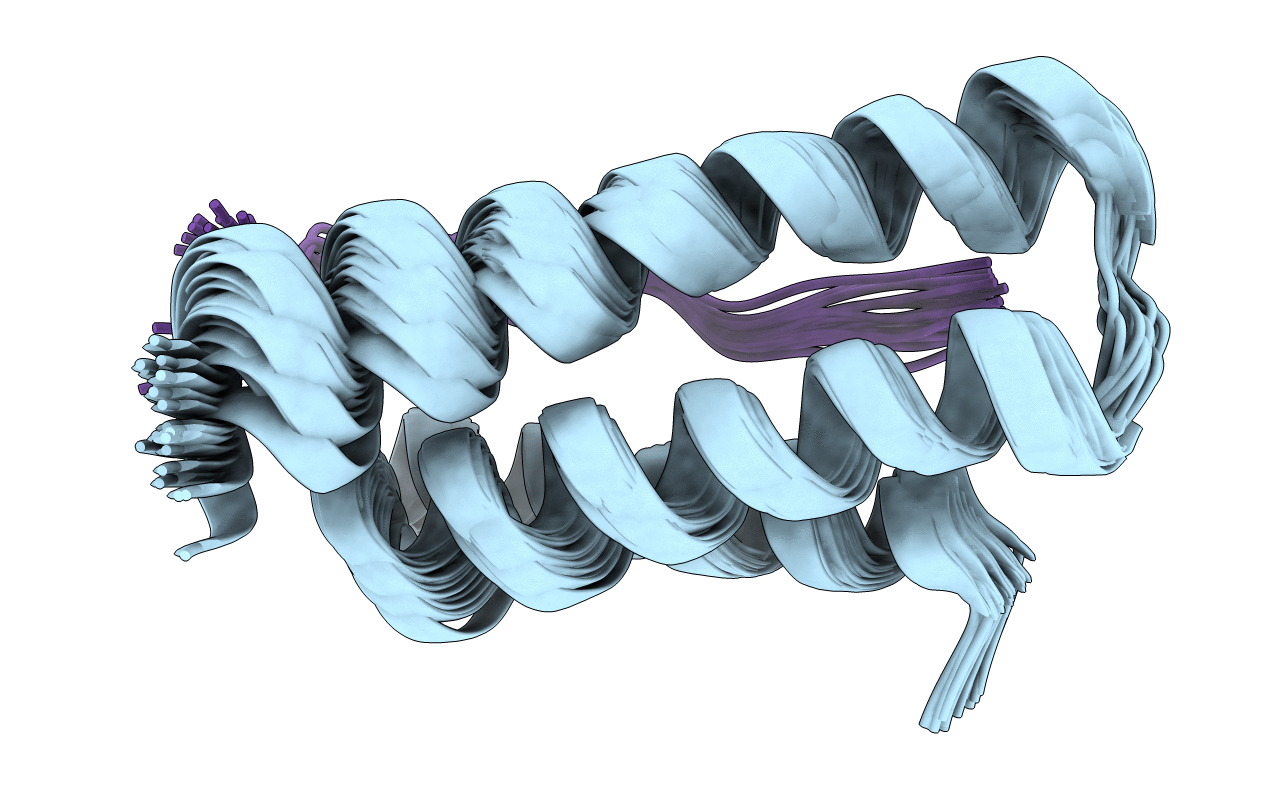
Deposition Date
2008-05-19
Release Date
2008-10-28
Last Version Date
2024-05-29
Method Details:
Experimental Method:
Conformers Calculated:
20
Conformers Submitted:
20
Selection Criteria:
structures with the lowest energy


